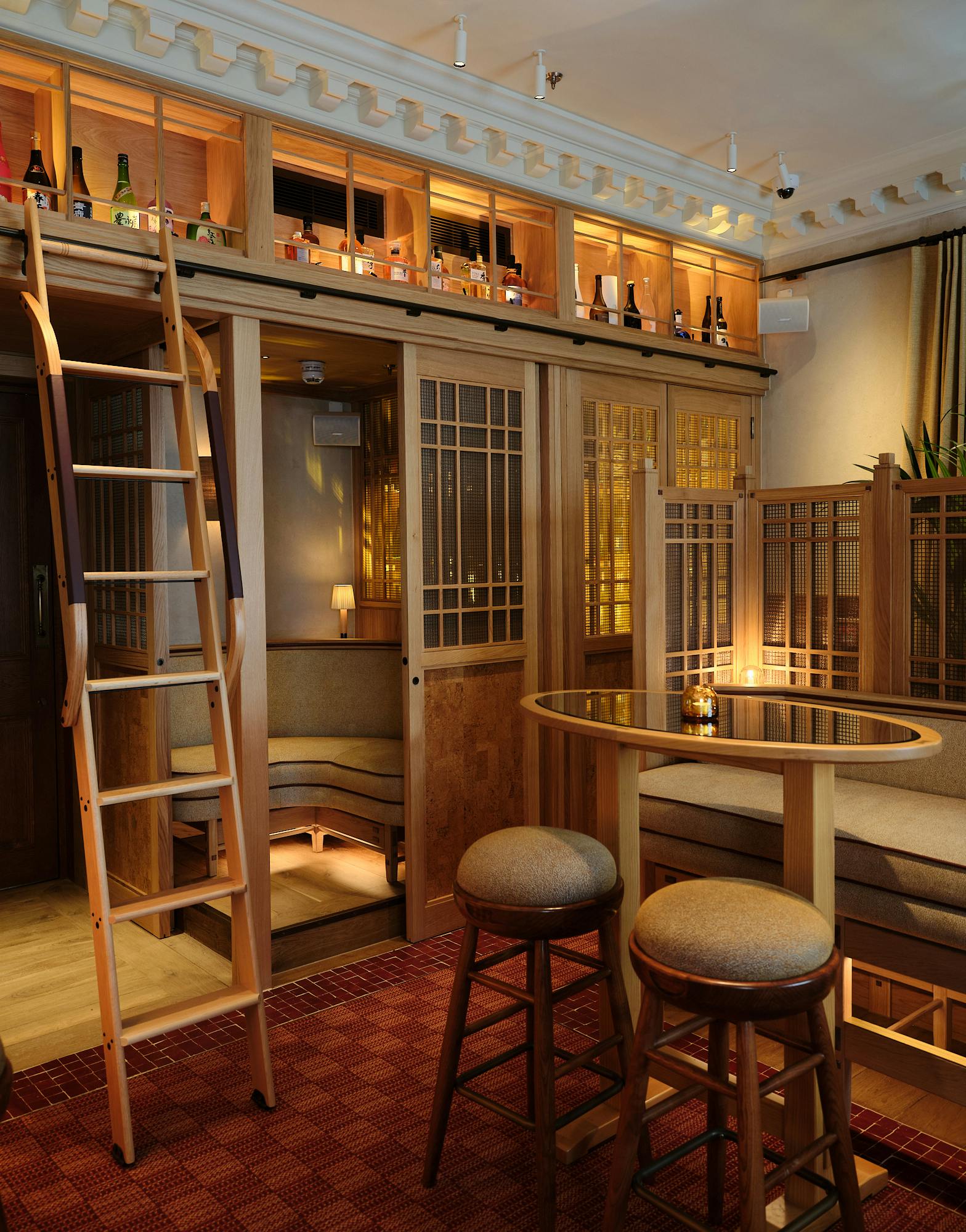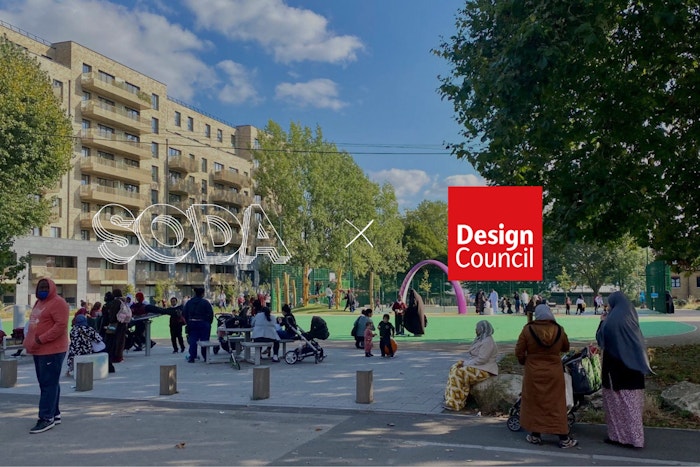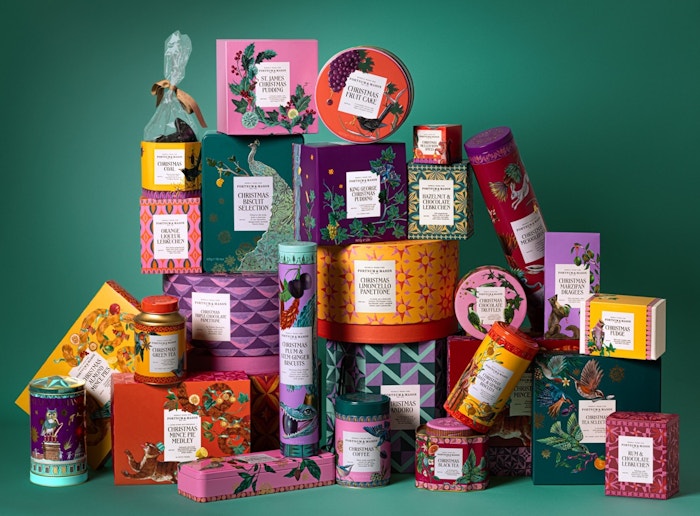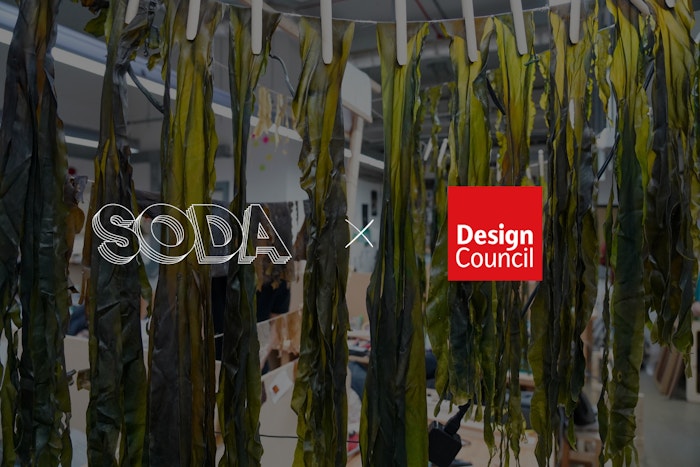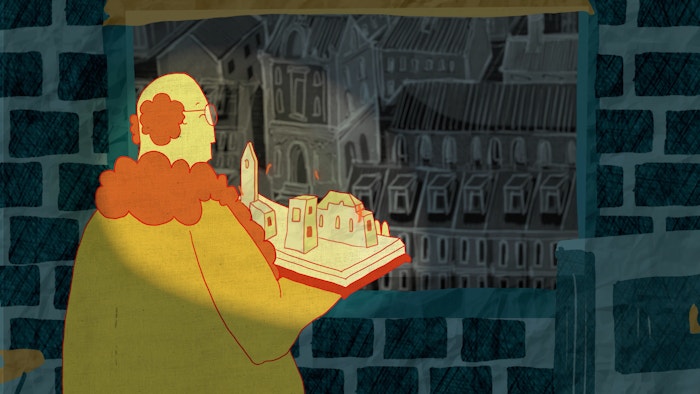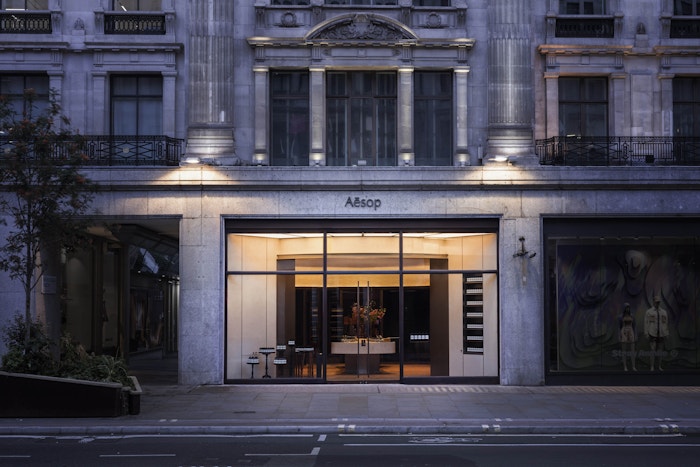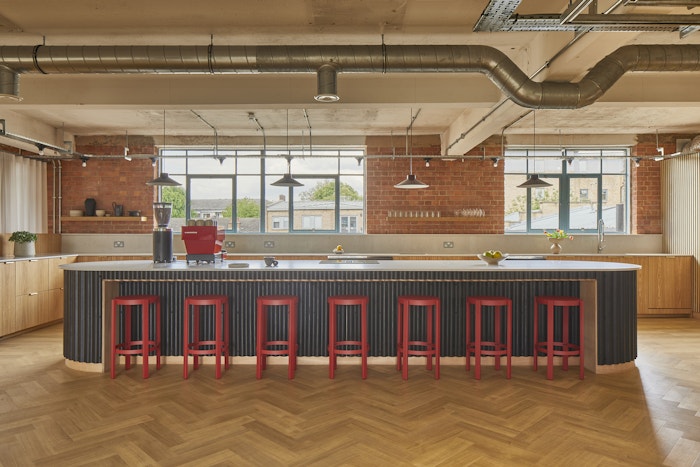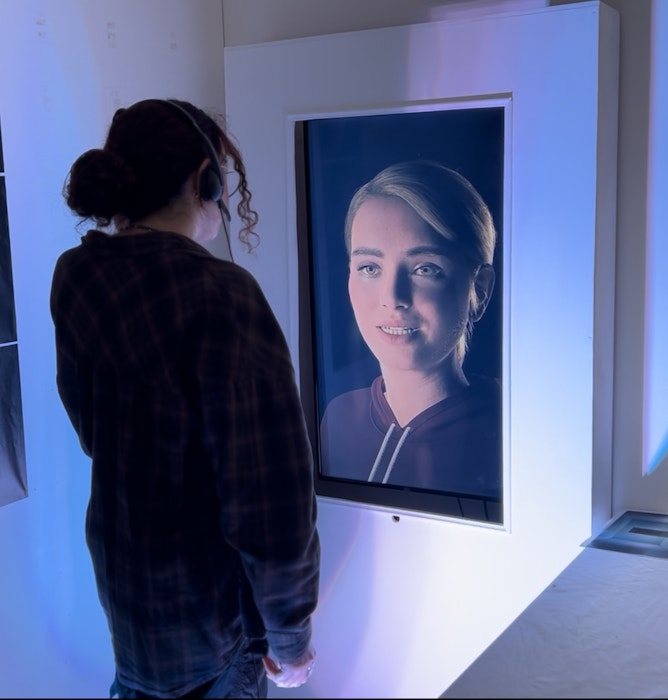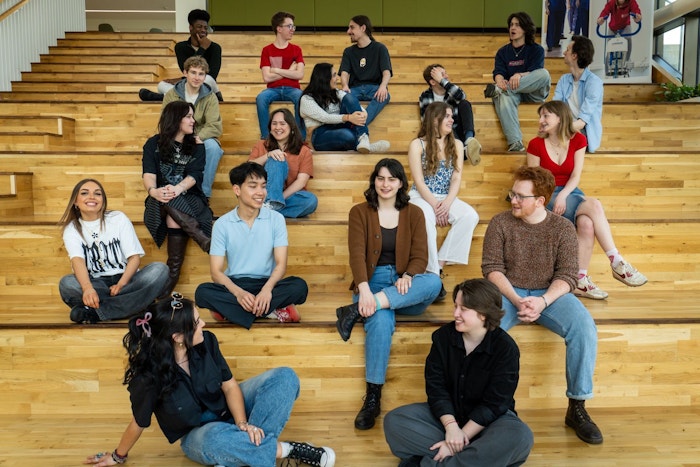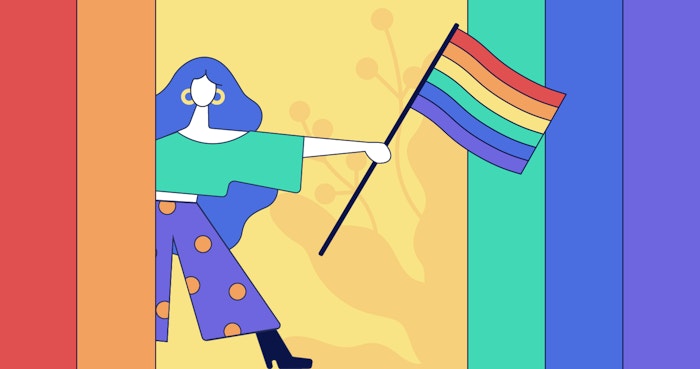
12 Dec 2017
mario macilau
The photographer Mario Macilau draws his inspiration from the community, people and environment of his home in Mozambique. Here he shares his thoughts about the growing global interest in ‘African’ art and tells us more about the extraordinarily ordinary people that he captures in his portraiture work ...
The global trend and interest in ‘African’ art and design has been growing in recent years. While on one hand it’s a good thing for creativity across Africa to be getting lots of exposure, I think it could also be quite damaging because often the diversity and richness of the continent gets lost underneath the generic label of ‘African’.
‘African’ art does not exist. It’s such a huge continent, representing a third of the world’s population, and so being called an ‘African’ artist or designer by the media or outside observers can never really do justice to the unique environments and cultures that each creative has experienced and grown up in.

All countries in Africa have their own culture, their own way of doing things and their own way of living. They all have a unique environment. It's this infinite richness that is often overlooked in the West and in Europe. Life in Africa is frequently generalised or seen as being just one way: negative, undesirable, poor. And so the art that comes from the country is commoditised in a particular way because of this context. But there is no universal culture or universal way of living across the continent and I think people from other parts of the world would be amazed to take a closer look and listen to the real Africa.

For example, I get very inspired by the people and lifestyles from my home in Mozambique because where I grew up everyone had to fight for life. There were so many unique, real-life stories happening all around me everyday and it made me realise that life isn’t about having class and social divisions between people, it’s about creating as happy a life as you possibly can. In my work I try to focus on the normality of this environment, the life I lived then and live now, the things I saw back then that still exist today. It's important for me to focus on my community because it helps me to understand myself more and the world around me. My work is often about locally relevant political issues, environmental conditions and socially isolated groups. I use the intimacy of portrait photography to tell the stories that are not being told and to give a voice to hidden identities and cultural issues that fascinate me.
For example, at the moment I am working on a project called Faith, which is the second part of the project I did in the past titled the Zionist. ‘Faith’ documents the practice of ‘animism’ in contemporary Mozambique. This form of animism comes from traditional religions in which members believe in the existence of individual spirits that inhabit natural objects and phenomena (where the spirits of ancestors can affect the lives of the living). Through their practices, these traditional religions preserve ancient traditions of Mozambican cultures. These practices involve teachings, traditional medicine, healing methods, rites of passage for young men and women, and advise on appropriate conduct between members of the community. They reflect local and yet diverse conceptions of God and the cosmos.

Within the same community, there may be differences in perception of what is, or what is not, supernatural. While the adopted religions of Catholicism, Protestantism, Islam, and Judaism are statistically dominant, these foreign religions have not entirely erased Mozambican traditional practices. While nearly half the population practice traditional animist beliefs, many groups are monotheistic at the same time as believing in traditional understandings of spiritualism. As such, it is not unusual for traditional beliefs to be incorporated into the dominant foreign religions, and conversely, to find visual or ritualistic motives from dominant monotheistic religions in the practice of traditional beliefs. So Faith explores these unique approaches to religion and spirituality in my home of Mozambique.

Like me, a lot of local photographers are using their vision to articulate the experience they have had growing up and living here. This is the opposite of what has happened in the past, where our stories have been told by outsiders, sometimes commoditised, exaggerated or glamorised. I think the time has come for us to turn the camera on our own stories and give a voice to the voiceless locally. When I look around me, I think photography is growing in Africa and it might well be the medium of the future and the way that we do this.

I can understand that some young artists living in Africa might be tempted by the surge of interest in ‘African’ art, and are drawn to the ‘African' branding because they see it as a way that others can try to understand their work. But these artists shouldn’t forget to draw on their local environments and tell their own stories through their work. ‘African’ art and design is a fashion and it can quickly go out of fashion. Instead, let’s focus on creating work with real depth, local integrity and meaning that will stand the test of time.
- Words & Photography by Mario Macilau
- www.mariomacilau.com - Explore more of Mario's work here ...
